Electric motors are a crucial part of any industrial process, they are responsible for a great portion of the power consumption of any industrial facility. electric motors are responsible for half the energy used in the U.S. manufacturing sector, and the International Energy Agency (IEA) estimates that electric motor-driven systems account for more than 40 percent of global electricity consumption.
In this article, we will discuss the importance of electric motors’ efficiency in energy-saving measures. And we will get to know a little bit about motor efficiency classes.
Contents:
- What is motor efficiency?
- Why motor efficiency is important?
- What are the different types of losses in an electric motor?
- What are efficiency classes?
- How efficiency classes are defined for motors
- Benefits of moving higher in IE classes.
What is Motor Efficiency?
Electric motor efficiency is a measurement of how much work we are actually getting from a motor compared to energy paid.
Motor efficiency is defined as the ratio of mechanical power output to electrical power input. And because energy is wasted in many forms during conversions (electrical to mechanical), such as heat and friction, mechanical power output is always lower than electrical power input.
Motors manufacturers are continuing to present new solutions to reduce electric motors losses and hence, increase efficiency and help industrial processes save more energy.
Why is Motor Efficiency Important?
Higher motor efficiency is very important in industries. Some of the benefits are mentioned below.
- More energy savings
- Lower maintenance cost
- The better environmental effect, (lower CO2 emissions)
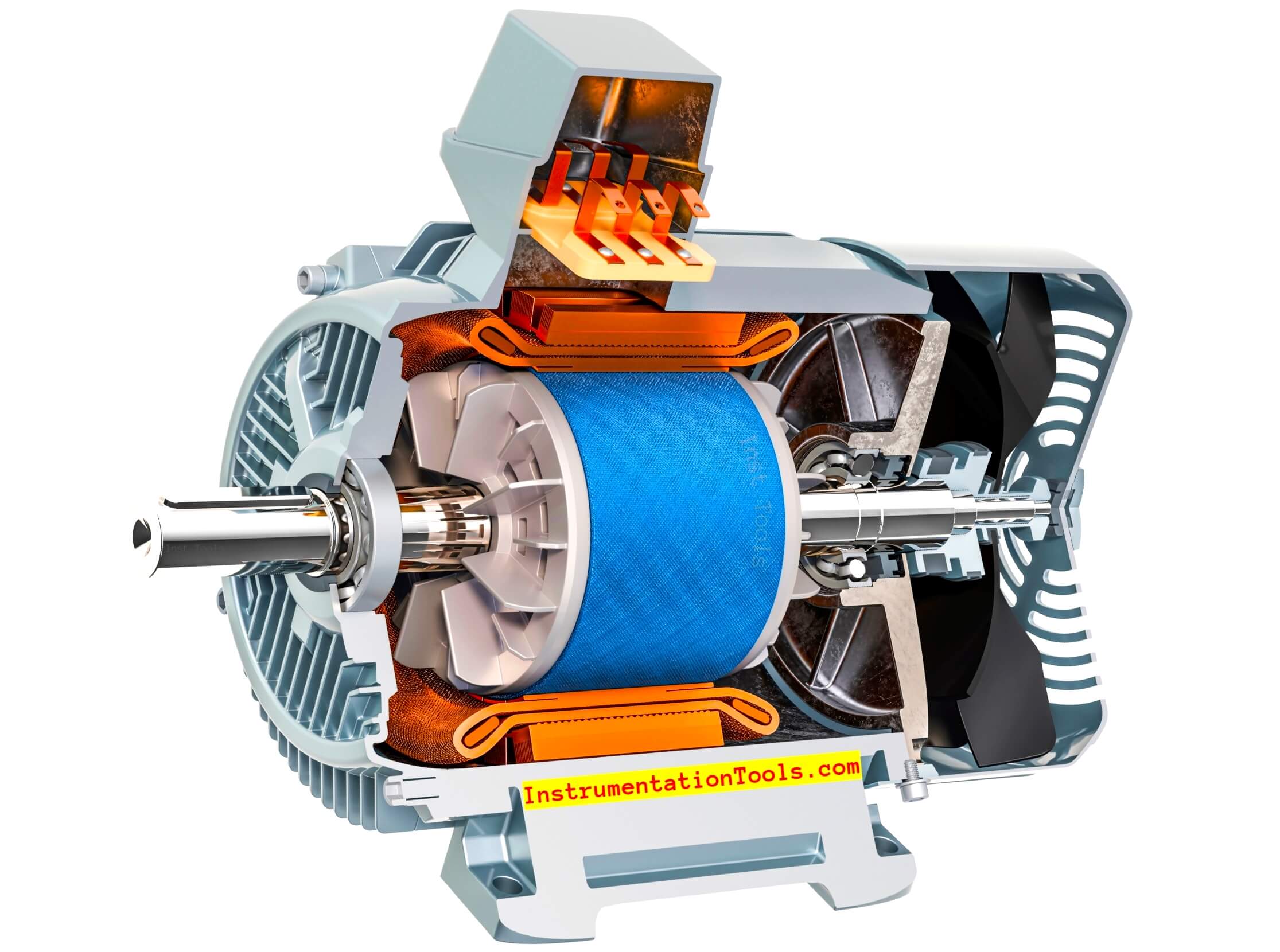
More Energy Savings
It is a well-known fact that the global industry consumes an enormous amount of energy, and electric motors are responsible for a great portion of this amount. That is why; using more efficient motors will lead to significant energy savings as well as cost savings.
Yes, more efficient motors will have a higher initial cost, but after a while, the saving in energy consumed will be very much higher, the more your motor keeps running, the more energy you would save.
Lower Maintenance Cost
An energy-efficient motor has a longer life than a standard one. Because of the higher standards of designing and manufacturing an energy-efficient motor, including the materials and the manufacturing techniques.
Because of those higher manufacturing standards, the energy-efficient motor will experience less vibration and less heat leading to longer life and lower maintenance cost.
Better Environment Effect
There might not be a direct connection between more efficient motors and fewer CO2 emissions, but think about it this way, industry uses a huge amount of energy generated; this generated energy comes mostly from fossil power plants where they have a lot of co2 emissions as a by-product.
So, using more efficient motors will reduce energy consumed and hence, lower the needed energy generated and so lower the CO2 emissions.
Different Types of Losses in Electric Motors
The main losses in an electric motor are mentioned below.
- Stator iron losses
- Friction losses
- Stator winding losses
- Rotor losses
- Additional load losses or stray load losses
Stator Iron Losses
Stator iron losses are present due to the energy required to magnetize the core material and include losses due to the creation of eddy currents that flow in the core.
Stator iron losses can be reduced by using better and thinner electromagnetic steels and by lengthening the iron core.
Friction Losses
Friction losses are present due to the friction in motor bearings and seals, along with air resistance in cooling fans.
Friction losses can be reduced by dimensioning and selecting bearings correctly, and by optimizing fan and airflow designs.
Stator Winding Losses
Stator winding losses or I²R losses are present due to the flow of currents through the resistance of stator windings.
Stator winding losses can be reduced by optimizing the stator slot design, with the windings tightly packed to ensure a good slot fill ratio, together with low-loss electrical steel laminations to minimize magnetic losses in the stator core.
Rotor Losses
The rotor also suffers I²R losses, caused by the rotor currents, as well as iron losses caused by the magnetic flux interacting with the rotor core.
Rotor losses can be reduced by increasing the size of the rotor bars and end rings to produce a lower resistance.
Additional Stray or Load Losses
Additional load losses or stray load losses are present due to the leakage flux caused by variations in the windings, mechanical imperfections in the air gap, and irregularities in the air-gap flux density. They can be reduced by improving slot geometries and minimizing deviation in the air gap.
As you may be noticed, we were saying reduce, not eliminate, because electric motor losses are inevitable, but with better material quality and improved motor designs, motor efficiency can be increased to obtain all previously mentioned benefits.
What are Motor Efficiency Classes?
Efficiency class is a standard that is used to represent the efficiency of the electric motor.
There are many standards classifying motors according to efficiency, like NEMA, CEMEP, CSA C390-10, and the IEC.
The IEC 60034-30-1 standard defines four efficiency classes:
- IE1: Standard Efficiency
- IE2: High Efficiency
- IE3: Premium Efficiency
- IE4: Super-premium Efficiency
Check the following table for other efficiency classifications on electric motors compared with the IEC 60034-30-1.
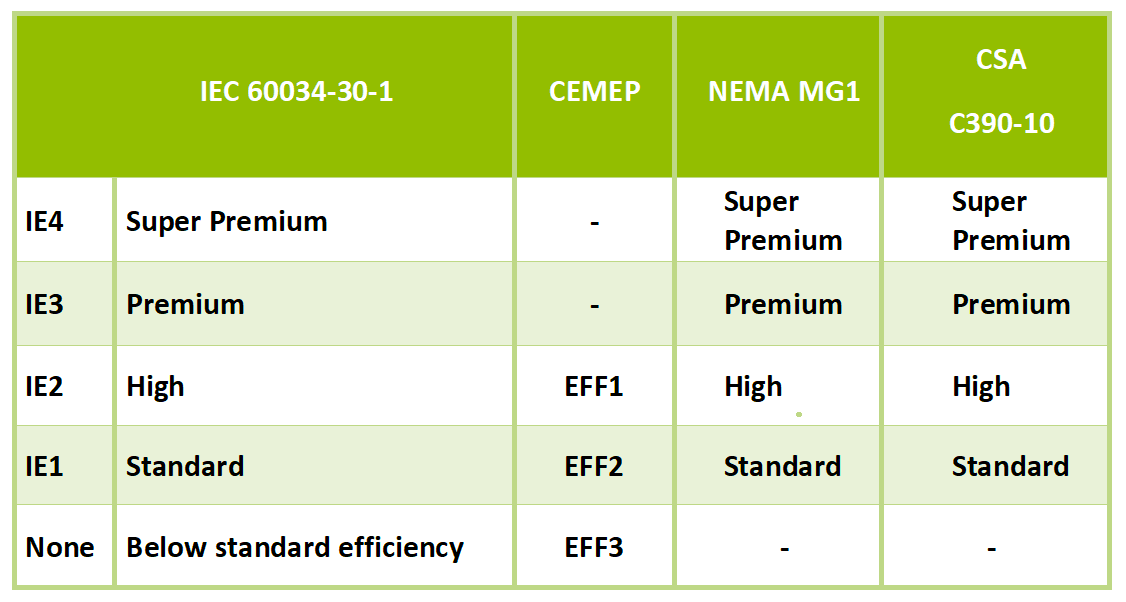
As the IEC is the most used standard, we will discuss the IEC classification.
The IEC 60034-30-1 focuses on low voltage 3-phase induction motor
The actual efficiency values required to meet each class IE1, IE2, IE3, and IE4 depend on the motor’s operating frequency, number of poles, and rated output, as shown in the pictures below.
How IE Efficiency Classes are defined for motors?
The IEC 60034-30 has defined tables that classify motors to IE classes depending on their operating frequency, number of poles, and rated output.
Check the following picture for Minimum 50 Hz efficiency values defined in IEC/EN 60034-30-1:2014 (based on test methods specified in IEC 60034-2-1:2014)
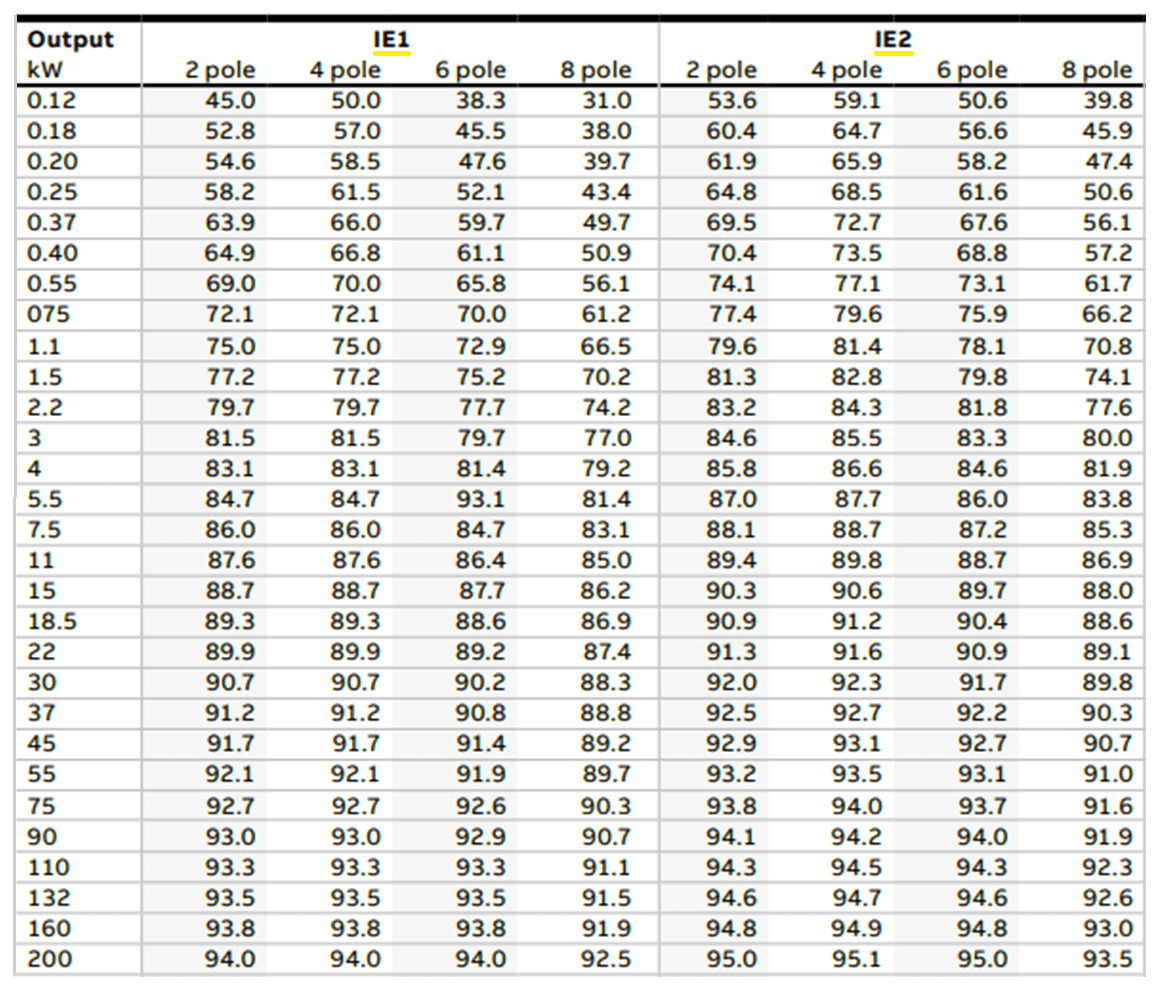
Picture 1 – Minimum 50 Hz efficiency values defined in IEC/EN 60034-30-1:2014 (based on test methods specified in IEC 60034-2-1:2014)
As you can see from the table, the IE classification depends on motor power and also the number of poles. You can see that moving up in IE classes increases the efficiency by around 1% for high-powered motors to 10% for small-powered motors.
You would think a 1% increase in efficiency is not that high but when it is a 200KW motor running all the time, the energy saving will be substantial.
See the next picture for IE3 and IE4 classes.
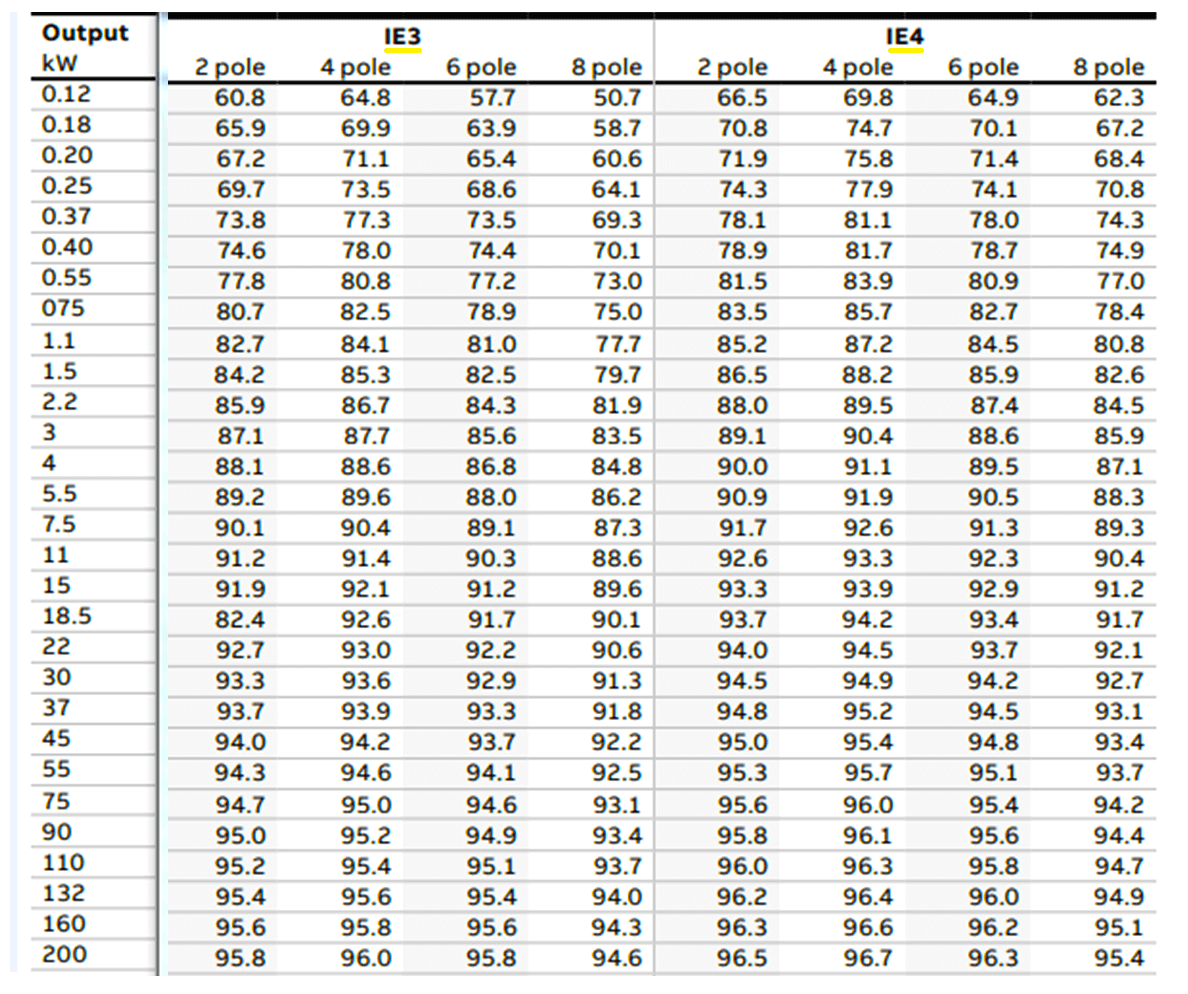
Picture 2 – Minimum 50 Hz efficiency values defined in IEC/EN 60034-30-1:2014 (based on test methods specified in IEC 60034-2-1:2014)
Benefits of Moving Higher in IE Classes of Motors
Energy consumed represents more than 97 percent of total motor operating costs over the motor’s lifetime. So when you upgrade your motor from a lower IE class to a higher IE class, the consumed energy of the motor will be reduced.
And yes, the cost of higher IE class motors is more expensive, but higher efficiency motors have a longer lifetime and less maintenance cost. So, you will also save on the cost of maintenance.
As a maintenance engineer, if you need to reduce energy costs in your plant, try to think about replacing some of the motors you have with higher IE class motors, the initial cost will be higher, but the overall energy saved will be higher.
Conclusion
- Electric motors are a crucial part of any industrial process
- electric motor-driven systems account for more than 40 percent of global electricity consumption.
- Electric motors face many losses types affecting the motor’s overall efficiency.
- Higher-efficiency motors will reduce energy costs, reduce maintenance costs and reduce CO2 emissions.
- Efficiency class is a standard that is used to represent the efficiency of the electric motor.
- The IEC 60034-30-1 standard defines four efficiency classes, IE1, IE2, IE3, and IE4.
- Moving up higher in IE classes will ensure lower energy consumed from your motor, the initial cost will be high, but after a while, you will start to see energy-saving results.
If you liked this article, then please subscribe to our YouTube Channel for Electrical, Electronics, Instrumentation, PLC, and SCADA video tutorials.
You can also follow us on Facebook and Twitter to receive daily updates.
Read Next:
- List of Electrical Drawings
- Bus Coupler in Electrical Panel
- Electrical Equipment Selection
- Assemble Electrical Conduit Seal
- Electrical Components Overheating
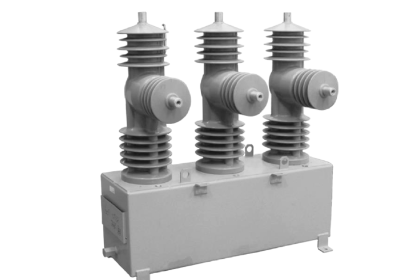

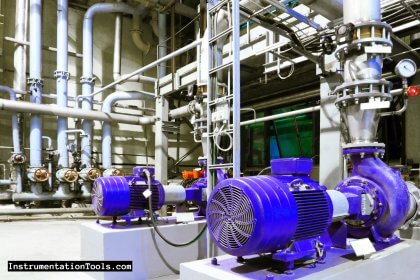
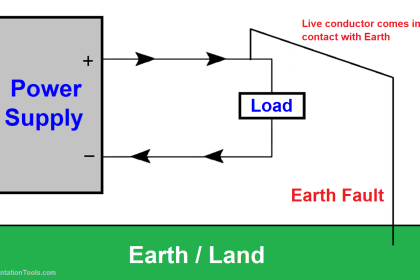

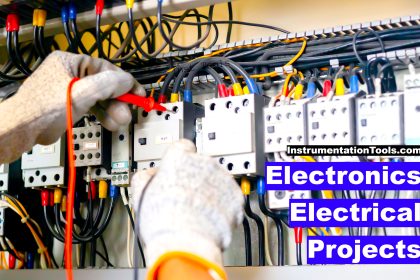
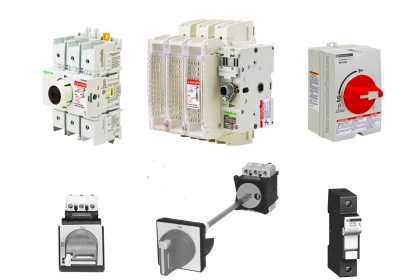
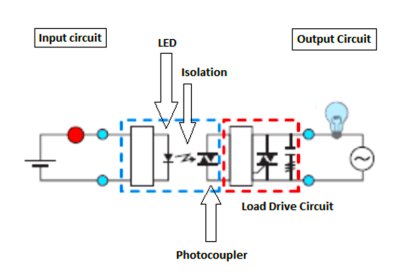
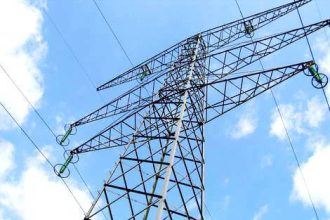

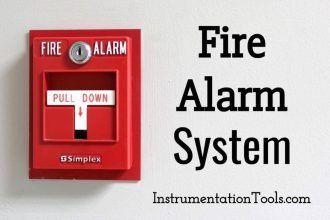
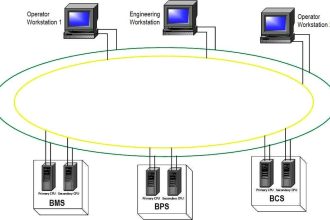
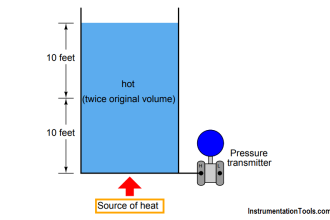
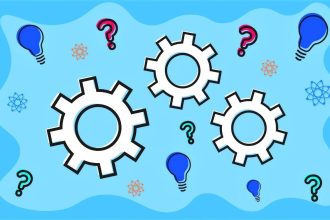
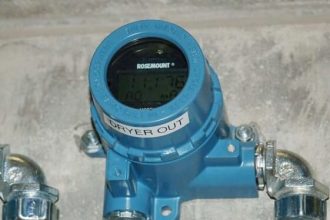
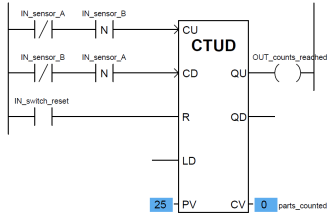

Thank you good lesson